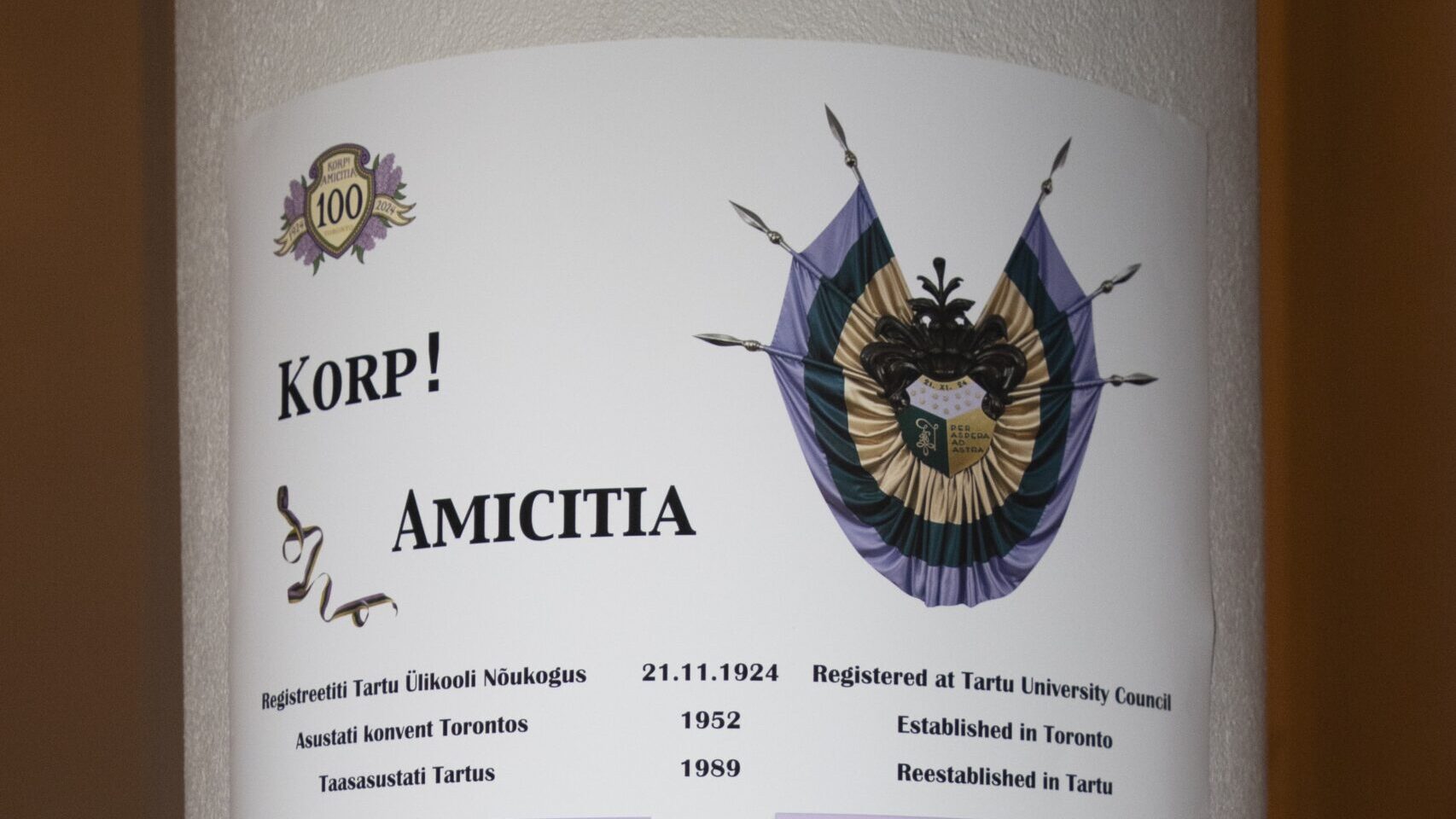As a result, there is division among the membership.
This division is symptomatic of the general rifts present in our community. Some groups, ideally, wish to preserve all of the institutions established by the original Estonian refugees who arrived just after WWII although as to how they will accomplish that is unclear. Another group feels the best way to save their institution is to assess the assets and try to find the best way to leverage them to maximize life expectancy while staying true to the original vision of the specific organization. Many of those plans are also still evolving. Yet others are joining forces to set a new course for the future of the community (e.g. the Estonian Centre).
Some community members have grand ideas and hopes and dreams but no money nor plan as to how to realize their vision while others with access to resources and a clear vision are pressing on with their's.
One serious challenge in the community is how to find the best way to save St. Peter's. Although the St. Peter's council has been warning its members in various ways for over ten years that membership, attendance at services, and donations have been declining, and have called upon everyone to support their efforts to reverse this trend, the number of supporters has continued to dwindle. The greatest damage was done by the pandemic. With widespread lockdowns and fear that was spread within the community, attendance dropped close to zero for months. Despite government support and continued income from the church's main tenant, expenses and upkeep did not abate and the drop in resources continued. It is very expensive to maintain a large building like the church and without a steady stream of continuous substantial member support the congregation seems to be inevitably facing insolvency in the near future.
What are the alternatives that have been proposed?
This is the problem! Up until the most recent general meeting at St. Peter's, there had been no substantial opposition to the proposal of the church board to put the building up for sale so that the congregation can liquidate its assets and prepare for the future. This harsh reality finally hit home for some members when the requirement to move the Columbarium to a new new location was presented at a subsequent meeting. A few members quickly formed an opposition group and started their activities by publishing a series of articles in the Estonian media in Toronto, publicly questioning every aspect, both true and imagined, of the council's activities. Each subsequent article intensified the criticism, bordering on the vindictive, but offered no constructive proposals.
Things are quiet for the summer. However it is for certain that come September, the activity will return. Will there be any new proposals offered? Will there be any sudden increase in church attendance and donations? In the mean time, the expenses are continuing (The church's financials are available to all members of the congregation and have always been made available at all general meetings.) Lurking in the background are the imminent loss of the financial life support brought by the leaving of the church's main tenant, the huge cost to re-erect the cross, maintain the roof, move the columbarium, cover the substantial legal expenses forced onto the church by the group calling themselves the “Friends of St. Peter's” and the increase of the price of everything due to the accelerating rise of inflation. And to top it off, there is the anonymous application for Heritage Designation that has the potential of wiping out the value of the property and leaving the congregation without any means of survival. These costs have only spiked up the cash outflows, thus shortening the time to insolvency and, with no one left capable of paying for anything, the abandoning of the church.
The clock is ticking!
Olev Maimets
Read more:
- June 06, 2022 – St. Peter’s Evangelical Lutheran Church of Toronto – Headline – St. Peter's Church – A transformation Plan
- Article response (June 2022) – Congregational Council of St. Peter's Estonian Evangelical Lutheran Church of Toronto
- A Sacred Trust: Who decides the future of the columbarium of St. Peter’s Church?




